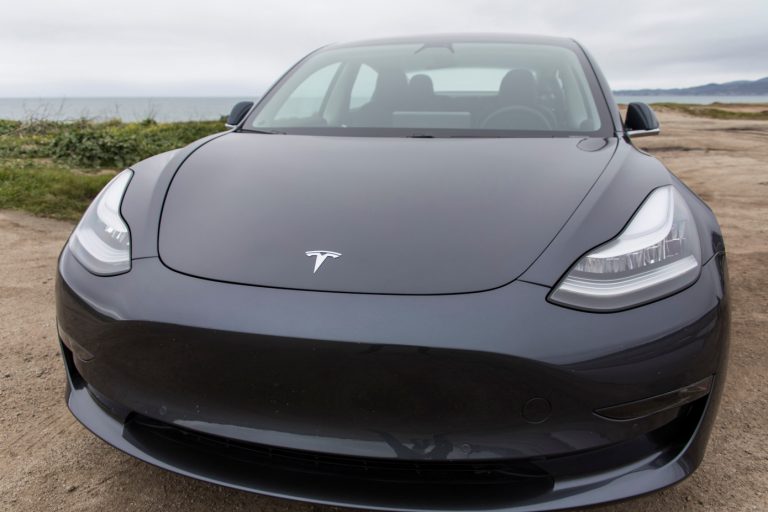
The European Union (EU) is at a critical juncture in its ambitious transition towards electric vehicles (EVs), a move that is essential for achieving its decarbonization goals. However, the recent decision to impose tariffs on Chinese electric vehicles has sparked a debate on the potential repercussions this could have on the pace and cost of the EU’s transition.
The evolving landscape of the EU EV market is likely to foster innovation, drive down prices, and accelerate the adoption of electric vehicles, contributing to the EU’s environmental goals. The future of electric mobility in the EU looks promising, with a variety of choices for consumers that support a sustainable and efficient transition to cleaner transportation.
The imposition of tariffs, ranging from 27.4 to 48.1 percent on Chinese EVs, is a response to the anti-subsidy investigation findings that suggest unfair competition from heavily subsidized Chinese manufacturers. This move aligns with the EU’s protective measures to safeguard its own burgeoning EV industry against what it perceives as market distortions. However, this decision does not come without its trade-offs.
Register for Tekedia Mini-MBA edition 19 (Feb 9 – May 2, 2026): big discounts for early bird.
Tekedia AI in Business Masterclass opens registrations.
Join Tekedia Capital Syndicate and co-invest in great global startups.
Register for Tekedia AI Lab: From Technical Design to Deployment (next edition begins Jan 24 2026).
One of the immediate effects of these tariffs is the potential increase in the cost of EVs within the EU market. Chinese EVs, known for their competitive pricing, have provided an affordable entry point for consumers looking to transition from internal combustion engine vehicles to cleaner alternatives. The tariffs could, therefore, lead to a slower adoption rate of EVs among European consumers, who may find the increased costs prohibitive.
Moreover, the EU’s target of phasing out ICE vehicles by 2035 is already a challenging endeavor. With the market share of battery electric vehicles having fallen from 14.5% in 2023 to 12% in the first four months of 2024, the additional levies on Chinese EVs could further delay the availability of a larger range of more affordable EVs in Europe. This could have a cascading effect on the EU’s ability to meet its intermediate target of at least a 55 percent reduction in greenhouse gas emissions by 2030, relative to 1990 levels.
The tariffs also raise concerns about the broader implications for the global automotive industry. The EU’s decision has been met with criticism from China, with claims that it lacks a factual and legal basis and constitutes a protectionist act that could escalate trade frictions and disrupt the global automotive supply chain. This underscores the delicate balance that needs to be struck between protecting domestic industries and fostering a competitive global market that can support the rapid deployment of clean technologies.
While the EU’s tariffs on Chinese EVs are intended to protect its domestic industry and ensure fair competition, they also pose significant challenges to the region’s transition to electric mobility. The EU must carefully navigate these complexities, considering both the economic and environmental stakes involved.
It is crucial for policymakers to engage in dialogue with all stakeholders, including Chinese authorities, to find a balanced approach that supports the EU’s decarbonization objectives without hindering the affordability and accessibility of electric vehicles for its citizens. The path forward is not straightforward, but it is one that requires thoughtful consideration and collaborative efforts to achieve a sustainable and equitable transition to a greener future.


